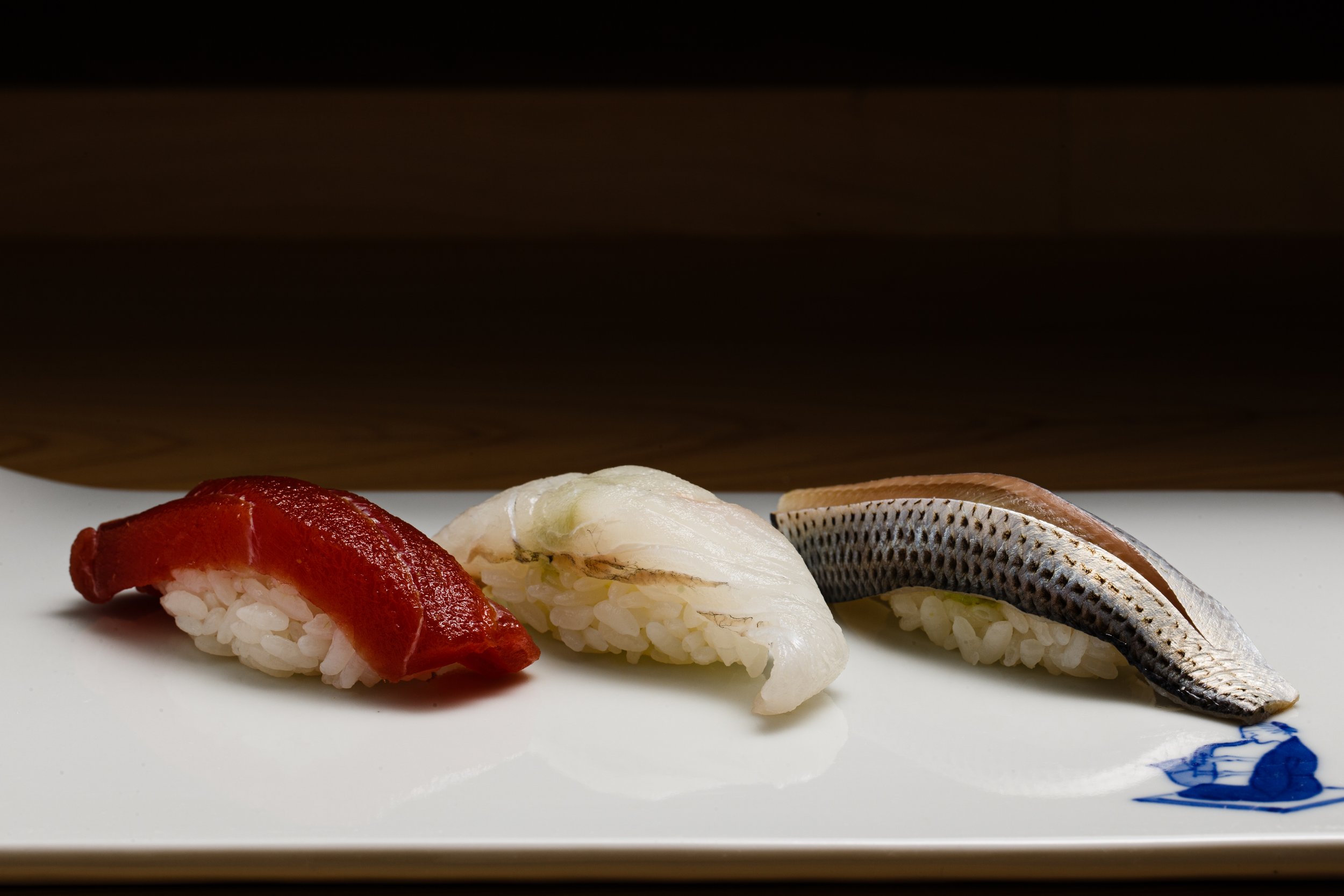The History of Sushi: From Street Food to Culinary Artistry
From its humble beginnings as a street food in ancient Japan to its status as a sophisticated culinary art form today, the evolution of sushi is a testament to the rich history and cultural significance of Japan. At Sushi Ii, we pay homage to sushi’s origins refined with modern elegance and presentation.
Origins of Sushi: A Simple Street Food
The story of sushi dates back over a thousand years, with its origins rooted in Southeast Asia. The technique of preserving fish by fermenting it with rice was brought to Japan by Buddhist monks around the 8th century. Initially, the purpose was to preserve the fish during the months-long fermentation process, while the rice was discarded. However, as time passed, it was discovered that the rice developed a pleasant tanginess and imparted flavors to the fish. This revelation led to the consumption of both the fermented fish and the rice. This early iteration of sushi was known as narezushi, where the fish and rice were packed in wooden barrels and left to ferment for months. Narezushi played a crucial role in providing a sustainable food source during the long winters in Japan.
Kansai-Style Sushi: The Origins of Sushi
The story of sushi dates back over a thousand years, with its origins rooted in Southeast Asia. The technique of preserving fish by fermenting it with rice was brought to Japan by Buddhist monks around the 8th century. Initially, the purpose was to preserve the fish during the months-long fermentation process, while the rice was discarded. Kansai-style sushi developed as a distinct regional variation in the Kansai area, encompassing cities like Kyoto, Osaka, and Nara. Kansai-style sushi showcases its own unique characteristics and flavors. This style of sushi features a looser and more delicate rice preparation. The rice is lightly seasoned with vinegar, allowing the flavors of the fish to shine through. Kansai-style sushi also incorporates a diverse array of toppings, including not only fish but also vegetables, pickles, and other local delicacies. The Kansai region’s culinary traditions prioritize the use of fresh, local ingredients. As time passed, it was discovered that the rice developed a pleasant tanginess and imparted flavors to the fish. This revelation led to the consumption of both the fermented fish and the rice – an early iteration of sushi was known as narezushi, where the fish and rice were packed in wooden barrels and left to ferment for months. Narezushi played a crucial role in providing a sustainable food source during the long winters in Japan. These centuries-old styles of sushi reflect the historical and cultural heritage of the Kansai region, where the appreciation for subtle flavors and artistic presentation is deeply ingrained. Ii-san’s training in Osaka allowed him to master the fading art of Kansai-style pressed sushi, known as hako zushi.
Preserving Tradition: Omakase and Edomae Influences
While sushi has evolved to cater to diverse palates, traditional techniques and philosophies remain at the core of the craft. Omakase, a style of dining where the chef curates a personalized tasting menu, is our core offering here at sushi ii. In fact, we offer three unique Omakse experiences every night. Additionally, the Edomae style, rooted in the traditions of Edo-era sushi, emphasizes the use of local and seasonal ingredients to create exceptional sushi. Chef Ii masterfully hand forms each shari for our nigiri and delicately places the toppings to accentuate the natural flavors of each ingredient. The Edomae approach requires meticulous attention to detail, ensuring that every piece of sushi is a work of art.
At Sushi Ii, we celebrate the rich history and culture of sushi by staying true to its origins. Chef Ii draws inspiration from the traditional Edomae style, expertly selecting the freshest ingredients and crafting nigiri sushi that highlights the natural flavors of each element that goes into every piece of sushi.
The history of sushi is a remarkable journey that encompasses centuries of culinary innovation and cultural heritage. From its modest beginnings as a preservation method to its status as a revered culinary art form, sushi has truly transcended time and borders.
